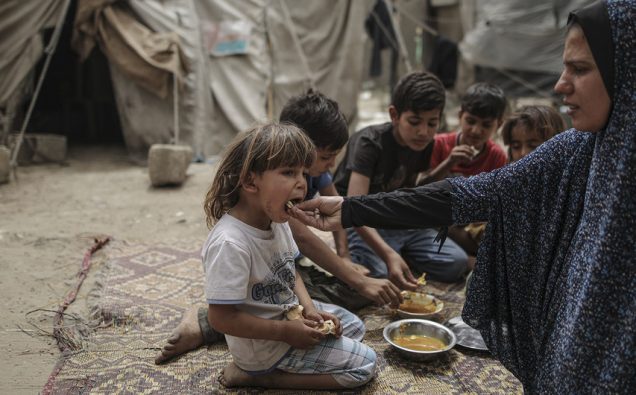
Of the human development imperatives, probably the most pressing is providing quality nutrition to people, especially during the early growth stages. Yet, the attention and investments allocated to this key ingredient of a healthy productive life remains inadequate in several parts of the world.
Policymakers, experts and academics attending the Nutrition for Growth Summit in France from March 27 to 28, 2025 came up with a series of suggestions to troubleshoot the malnutrition drag on human health and economy through improved quality of food for all.
The benefits from implementation of these recommendations hold immense promise for people in the developing countries.
On the one hand, countries can save lives through such nutrition interventions and prevent 6.2 million child deaths and nearly 1 million stillbirths over the next decade.
In economic terms, the potential benefits could open a whole new way to faster development.
According to a World Bank blog, every dollar spent on combating malnutrition could translate into a $23 in return. This huge benefit would be the result of improved health of individuals and increased productivity.
“Such investments could generate enormous economic benefits by ensuring children not only survive but thrive, finishing their education and ultimately living up to their full potential in the workforce.”
The blog by Axel van Trotsenburg, World Bank’s Senior Managing Director first appeared in Les Echos in French on March 27. It concludes that “investing in nutrition is smart economics, with every dollar spent generating high returns in terms of healthier populations, better qualified workforce, and stronger earning potential. With the right investments and our continued commitment, we can bring hope and a better future to the millions of children still caught in the grip of malnutrition.”
The Nutrition for Growth Summit announced US$28 billion in nutrition funding to reach Sustainable Development Goals.
In all, the international community’s financial commitments in support of nutrition represent US$27.55 billion dollars, the Summit website said.
The summit took place in the background of some serious challenges to ensuring quality nutrition to people in several parts of the world.
For example, in 2023, almost 282 million people experienced high levels of acute food insecurity across 59 countries, due to conflicts, climate emergencies and other drivers.
According to the 2024 Global Humanitarian Overview, cited by the Summit, warned that wasting could threaten the lives of 45 million children under 5 years of age.
Of this figure, 13.6 million are already suffering from severe wasting, placing them at imminent risk of death. Nearly 50% of countries that are classified as fragile experience high levels of multiple forms of malnutrition, compared to just 7.4% of non-fragile countries, the a Summit publication says.
Compounding the challenge is the issue of fragility, a multidimensional phenomenon, which is characterized by a wide spectrum of contexts, and mutually reinforcing drivers, ranging from conflict, weak governance, political and economic instability, to extreme poverty, environmental threats and climate change impacts.
Fragile contexts are on the rise and are home to 24% of the global population. Today, 73% of the world’s extreme poor live in fragile contexts and this figure is projected to reach 86% by 2030, the publication said.
















